Ruth Stern could have lived a life of privilege and security in her native South Africa. Instead, in 1946, while still in her teens, she and two dozen other South African youths boarded a ship bound for Palestine.
Their goal: to study and travel the land for several months before returning home, where they would be expected to spread Zionism.
Seated in an upholstered armchair in her living room on a warm April day, Stern, now 84, recalled her group’s long sea journey and their arrival in British-ruled Palestine.
In a strong, clear voice, Stern, an elegant, straight-backed woman, recalled how she and the other “young South African brats” heeded a call to study in pre-state Israel, with the understanding that they would return home and promote Zionism.
“It started the greatest adventure of my life,” she told the young Israeli interviewer and camerawoman who had come to hear her story.
A taste of that adventure has been caught on film, thanks to Toldot Yisrael, a Jerusalem-based nonprofit dedicated to recording and sharing the testimonies of the people who took part in Israel’s founding.
Established in 2007, the organization recently completed its 500th interview. The growing archive is a resource for academics, educators and filmmakers and will eventually be open to the public. Some of the footage is available on YouTube.
Aryeh Halivni (Eric Weisberg), Toldot Yisrael’s founder and director, said his organization’s work was inspired by Steven Spielberg’s Shoah testimonies project.
“I’d been thinking about the idea for years and years, but I’d assumed someone else had already done this. But when I visited different archives, I learned that no one had done it in a comprehensive way.”
Halivni — like Spielberg before him — feels he is racing against time.
“It’s now or never,” Halivni said, because the majority of people who contributed to Israel’s founding are at least 80. The interview took place in a cafe because Halivni runs the project out of his home in order to save on overhead.
While some of those interviewed were born in pre-state Israel, others arrived after the Holocaust or from Arab countries. Some were volunteers from overseas who felt compelled to fight for a Jewish homeland either at home or in the Middle East.
The videotaped interviews are preserved unedited, for future use.
Several have been spliced into short films that are being used for educational purposes. Toldot Yisrael and The iCenter, a Chicago-based organization that promotes Israel education, are conducting an ambitious pilot project utilizing “founder” testimonies in selected schools, community centers, Jewish camps and youth groups.
Anne Lanski, executive director of The iCenter, said her organization was drawn to the testimony project “because it exposes young people to personal anecdotes and motivates them to learn more about this period. We’re finding that what started out as someone else’s story becomes “our story.”
Additionally, the History Channel offered 20 two-minute testimonies as part of its 2010 Israel Independence Day coverage.
While there is no shortage of people in Israel who lived through this volatile era, Toldot Yisrael seeks people whose experiences expose different facets of that period.
In the short Toldot Yisrael film “November 29, 1947: The Story of a Vote,” Suzy Eban, the widow of Abba Eban (who was serving as a liaison officer to the United Nations Special Committee on Palestine), recalls how the Israeli delegation to the United Nations lobbied the world’s ambassadors to vote for the Partition Plan, the foundation for the establishment a Jewish state and a Palestinian state.
“It was touch and go,” Eban said, noting that until the last moment, no one knew which way the ambassadors would ultimately vote.
Another of the film’s testimonies recalls how, when the vote was taking place, an ambassador from an unnamed South American country went to the bathroom. He was pursued by a Spanish-speaking Jew, who recognized the ambassador’s shoes under the bathroom stall.
The Jew told the ambassador, “I’m here to bring you back to the voting.” And he voted.
Eban relates how, after the vote, she, her husband and Moshe Sharett, who was then the secretary of the Jewish Agency, drove from the United Nations in Lake Success to Manhattan.
“No one said a word. It was overpowering,” Eban says, reliving some of the wonderment.
The organization’s next short film, “The Volunteers: Answering the Call of History,” is set for release this month. It tells the story of people from Western countries who volunteered and helped in the founding and building of the State.
“I don’t think most people realize the extent of the contribution from the U.S., England, South Africa,” Halivni said. “I think it is important for Jews from the Diaspora to feel that the founding of the state is their story as well.”
Stern’s story will appear in the movie, as will the wartime experiences of British-born hairdresser and businessman Vidal Sassoon, who fought in the Palmach, and longtime Yeshiva University President Norman Lamm, who volunteered in an American bullet-making factory.
As the camera rolled in her living room, Stern described the long ship journey from South Africa to Palestine.
“The ship was also carrying 200 Italian prisoners of war back to Italy,” she recalled.
When they finally arrived, “We were bedraggled, dirty, tired, but there was something spiritual, and it caught me,” Stern said.
During a trip to the Negev, Stern met a young pioneer named Uri at a desolate outpost called Revivim, and they fell in love. Stern was back in South Africa, as her program required, when she received a letter telling her that Uri had been killed in an ambush.
Uri’s death “was a call out to help out the Jewish state,” Stern said. She went back to the fledgling Jewish state in 1948, soon after war broke out.
This time, Stern made her way to Rome, where the Haganah met her group of Mahal volunteers from overseas and brought them to Israel along with Holocaust survivors.
Stern became a practical nurse at “military hospital number 5,” which was full of wounded Israeli soldiers.
One day, Stern noticed a wounded soldier reading a book in English. Her romance with Teddy Ben-Amar blossomed, and they soon married.
“I truly believe it was a privilege to be part of rebuilding the Land of Israel,” Stern said during a break in the filming. “I had a calling and made my promise to Uri in the Negev that I would return.
“And I did,” Stern said.






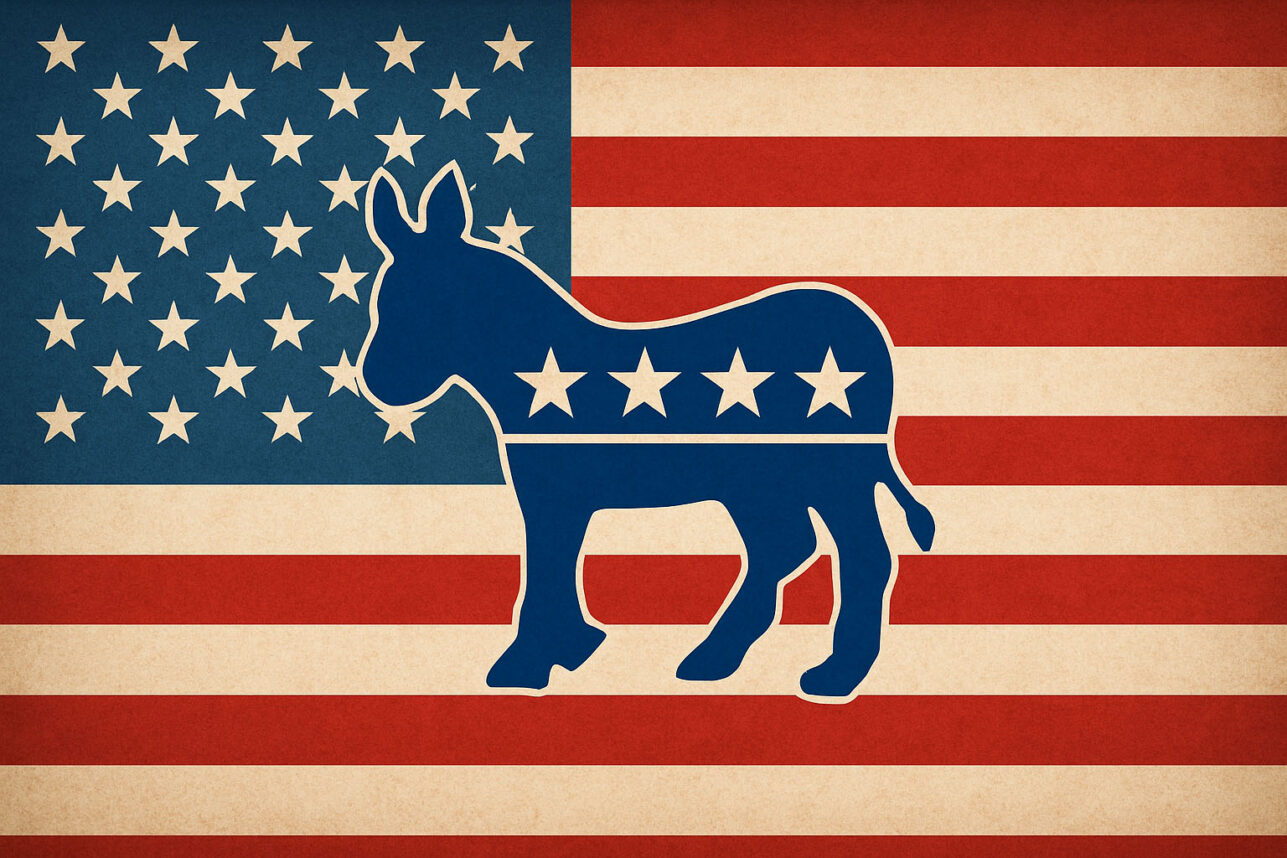
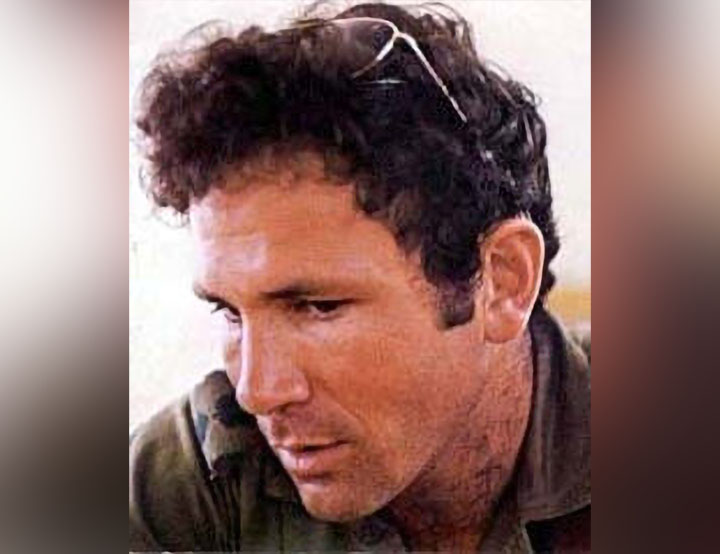
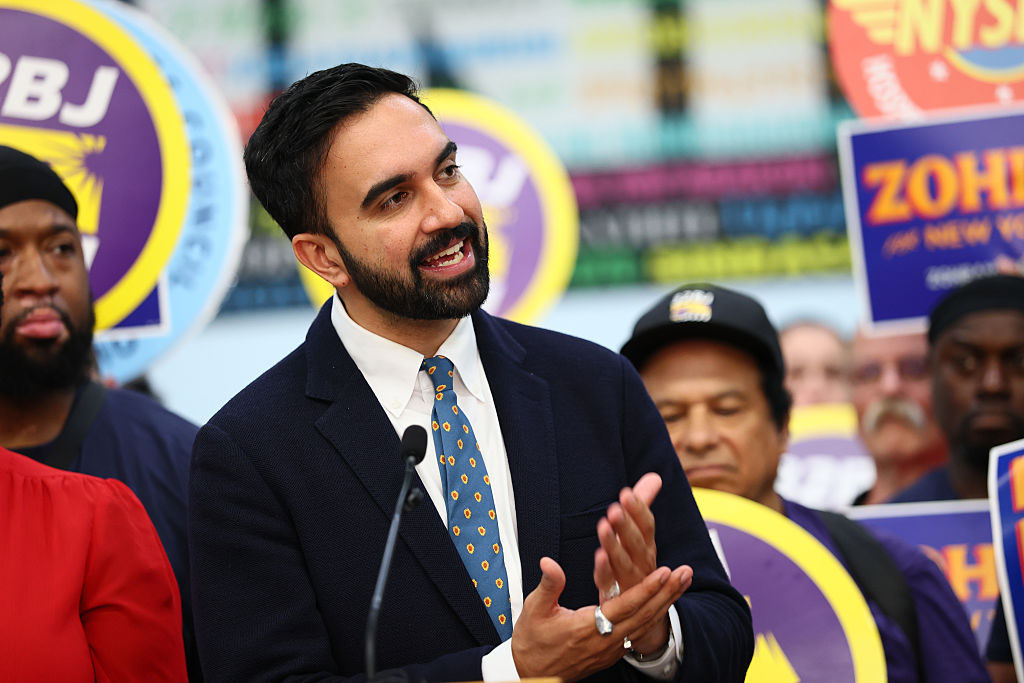
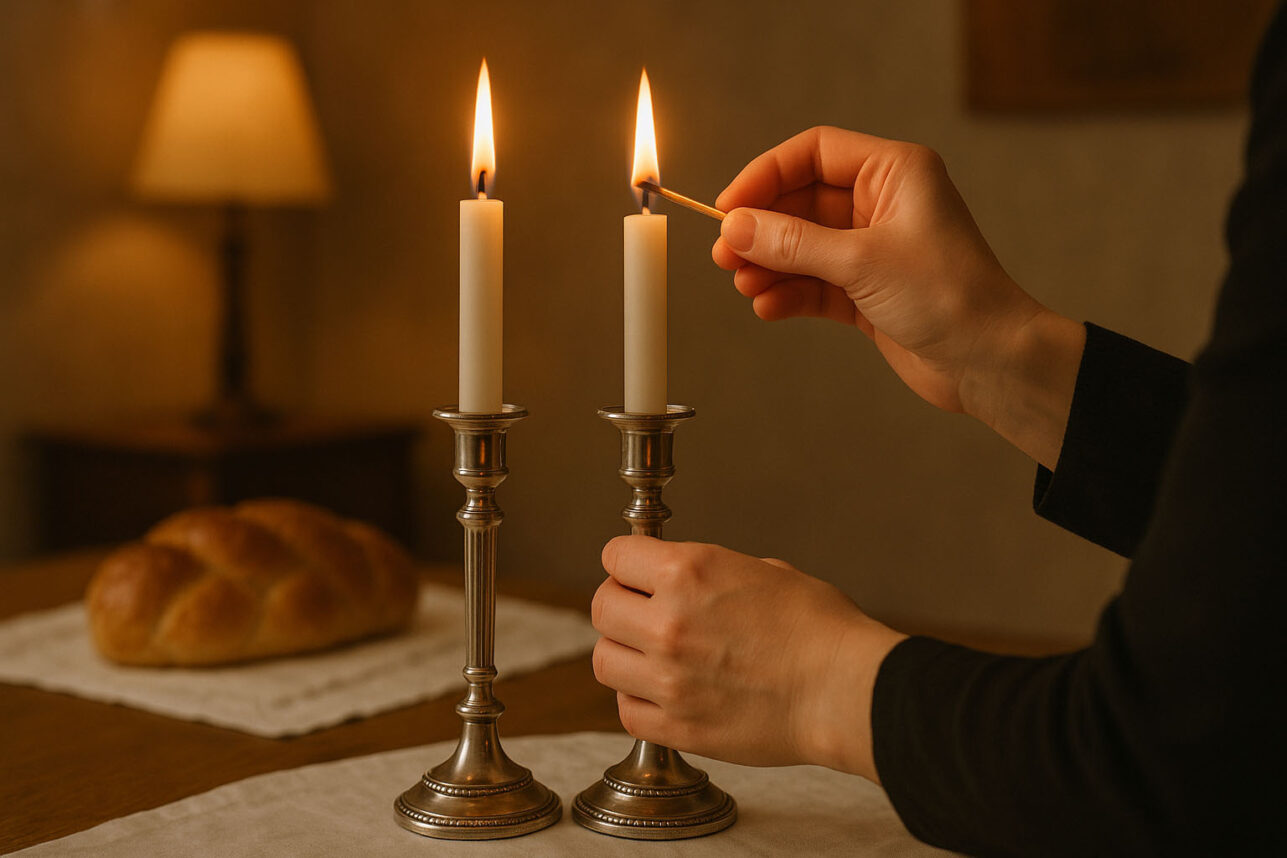
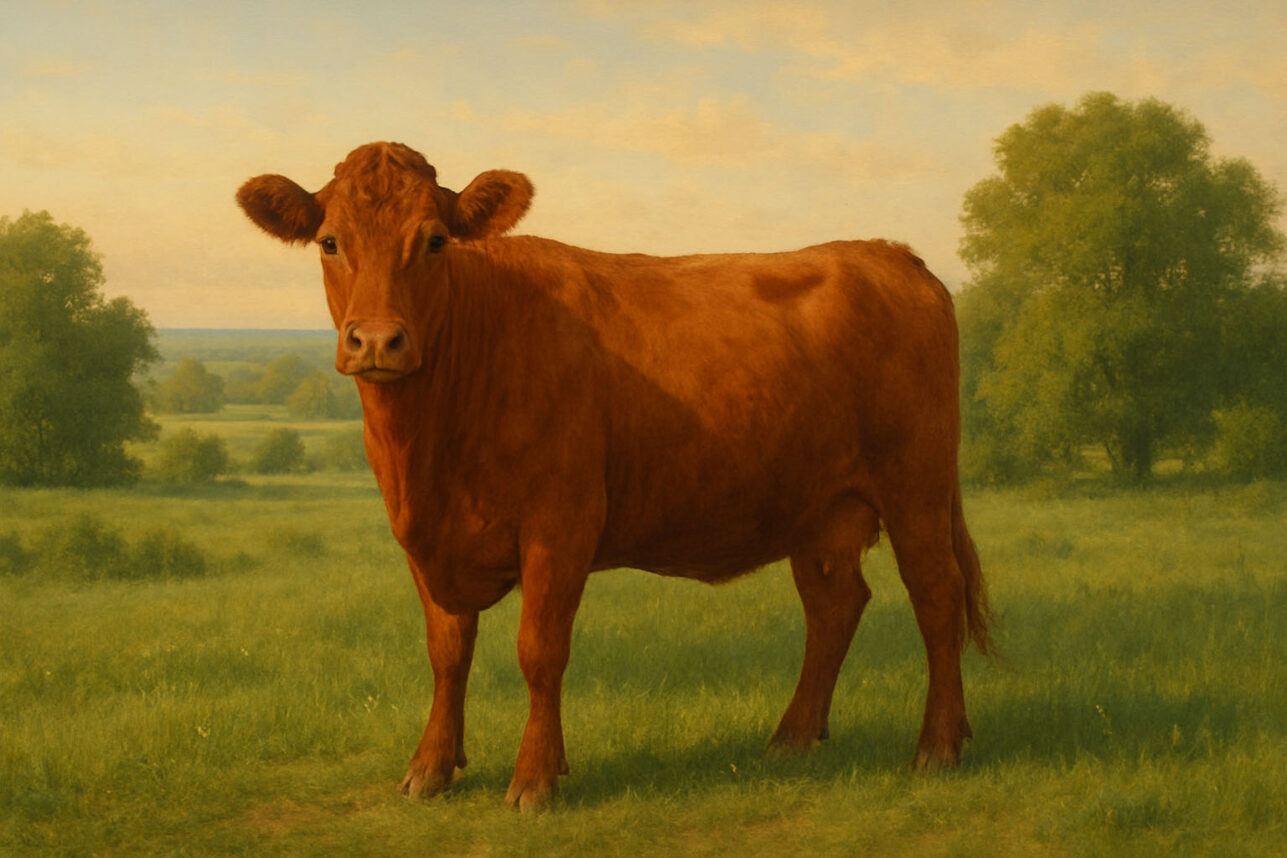

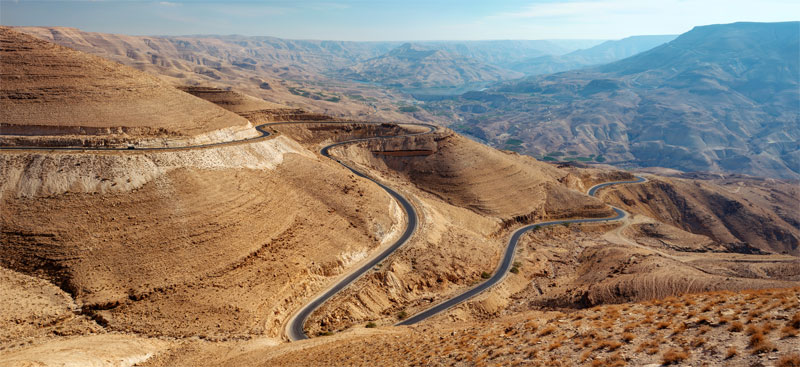



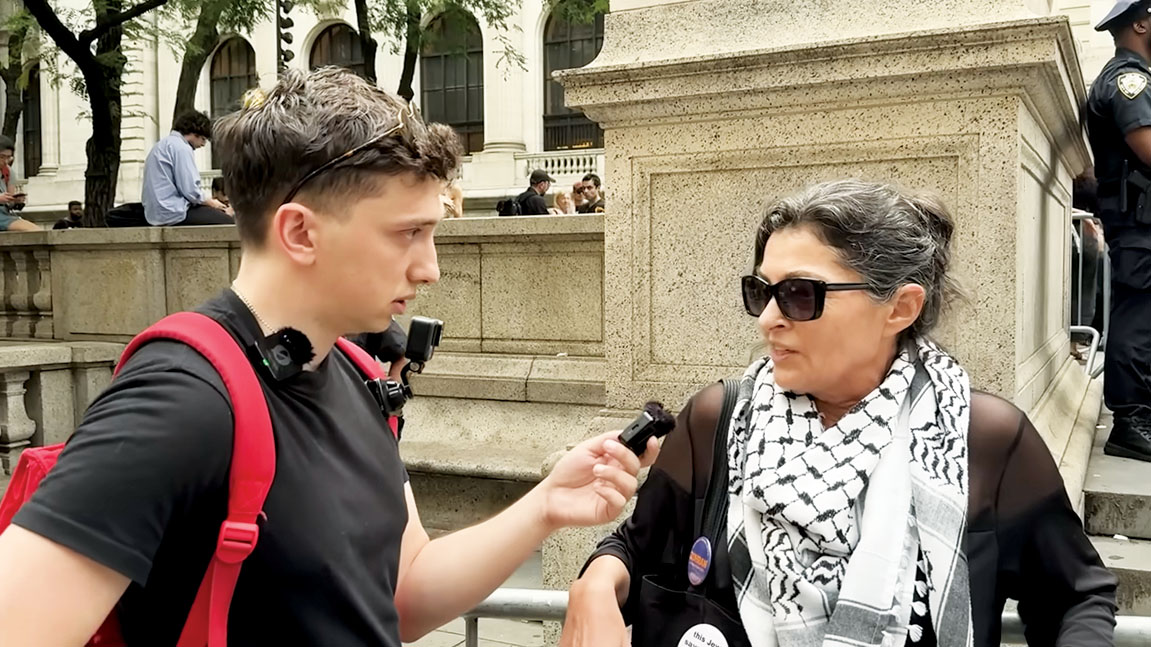
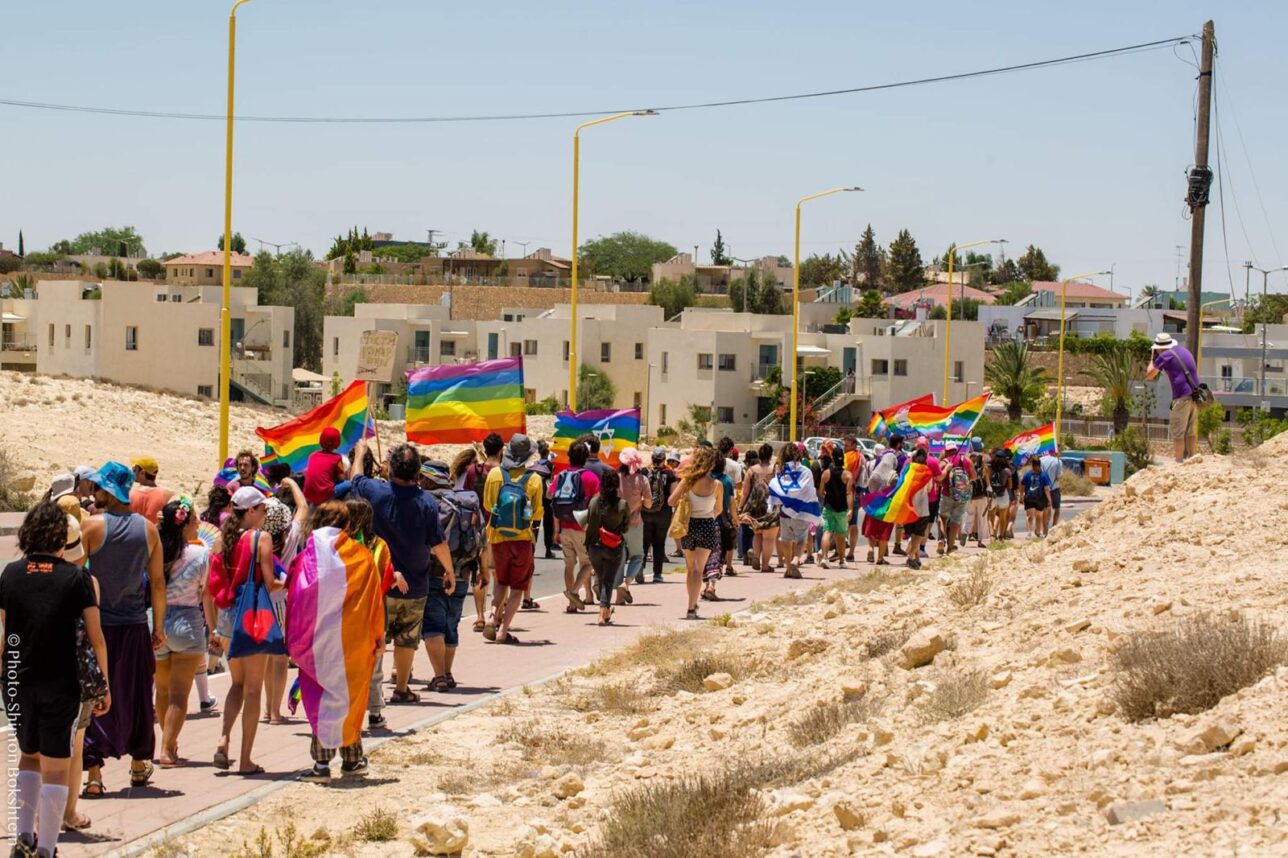

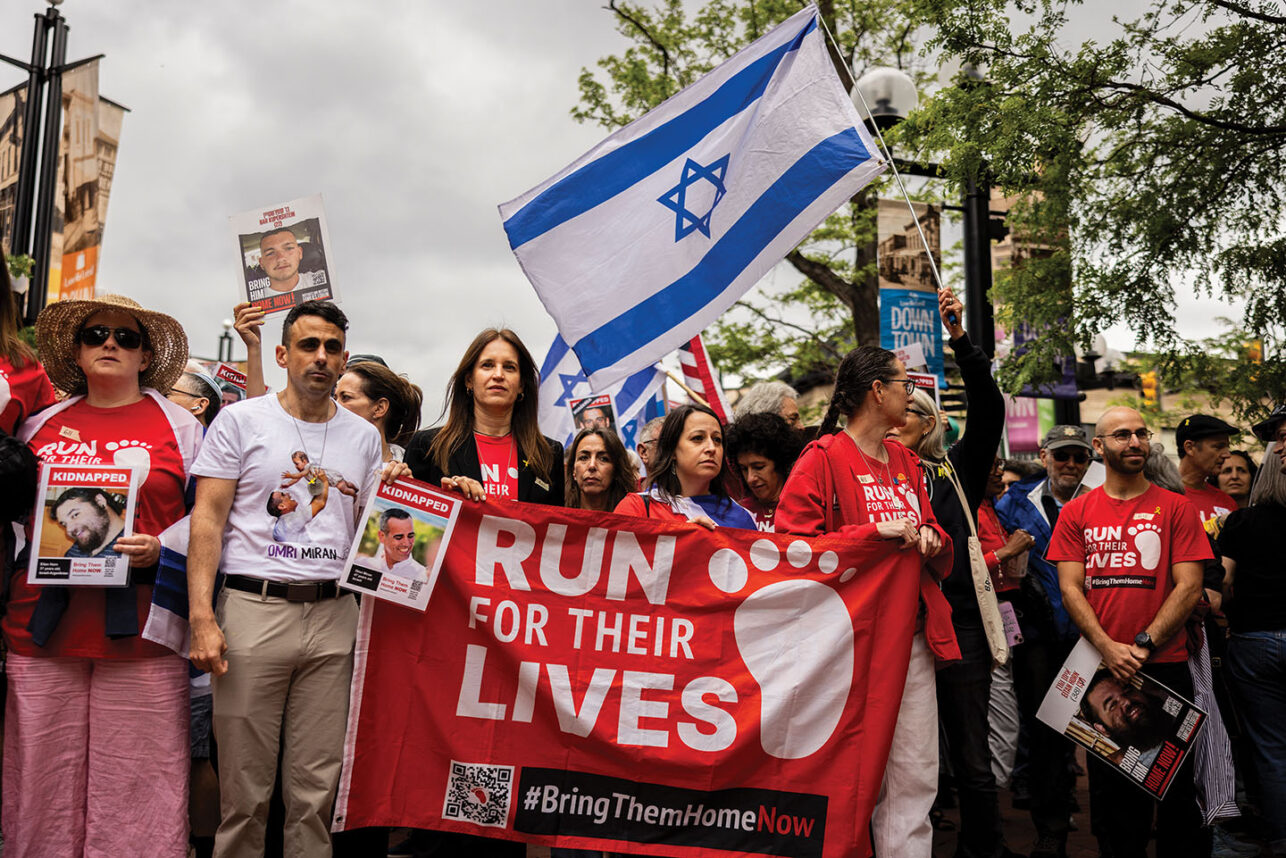

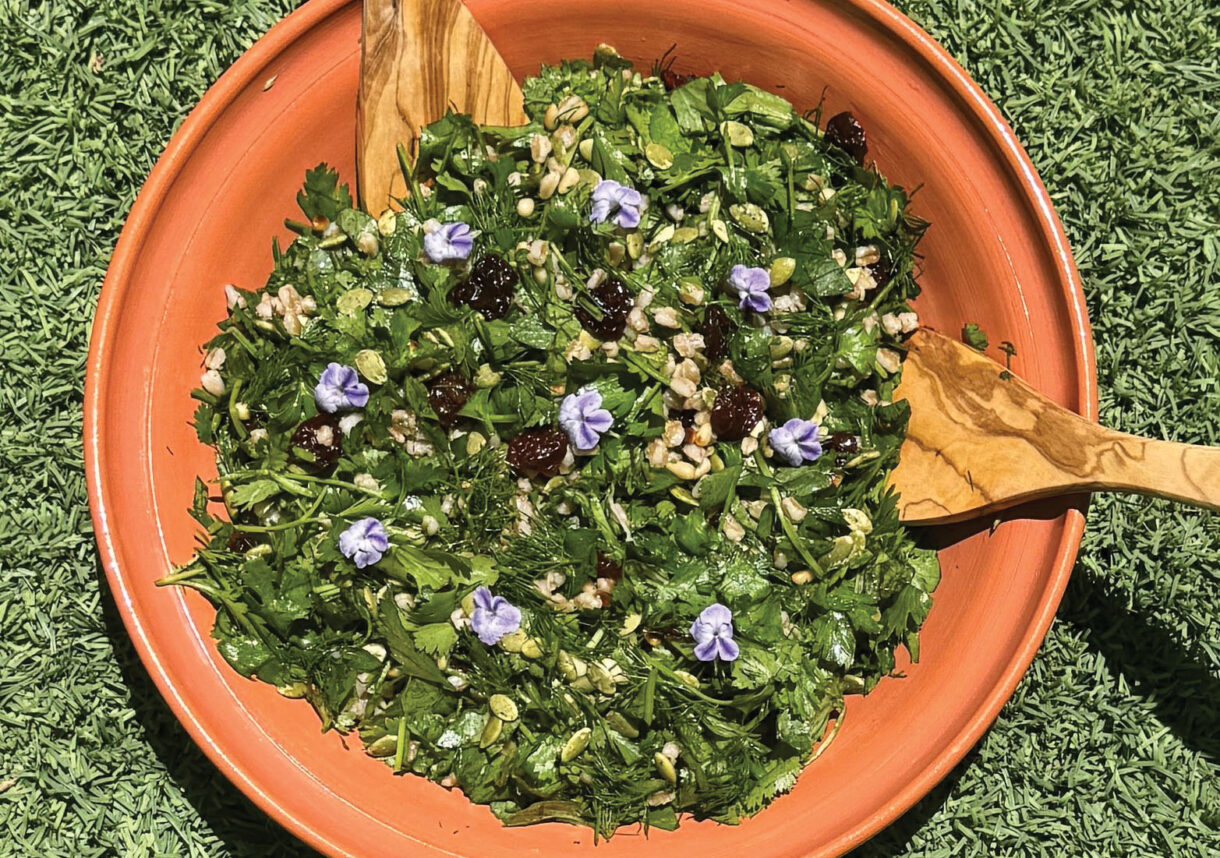
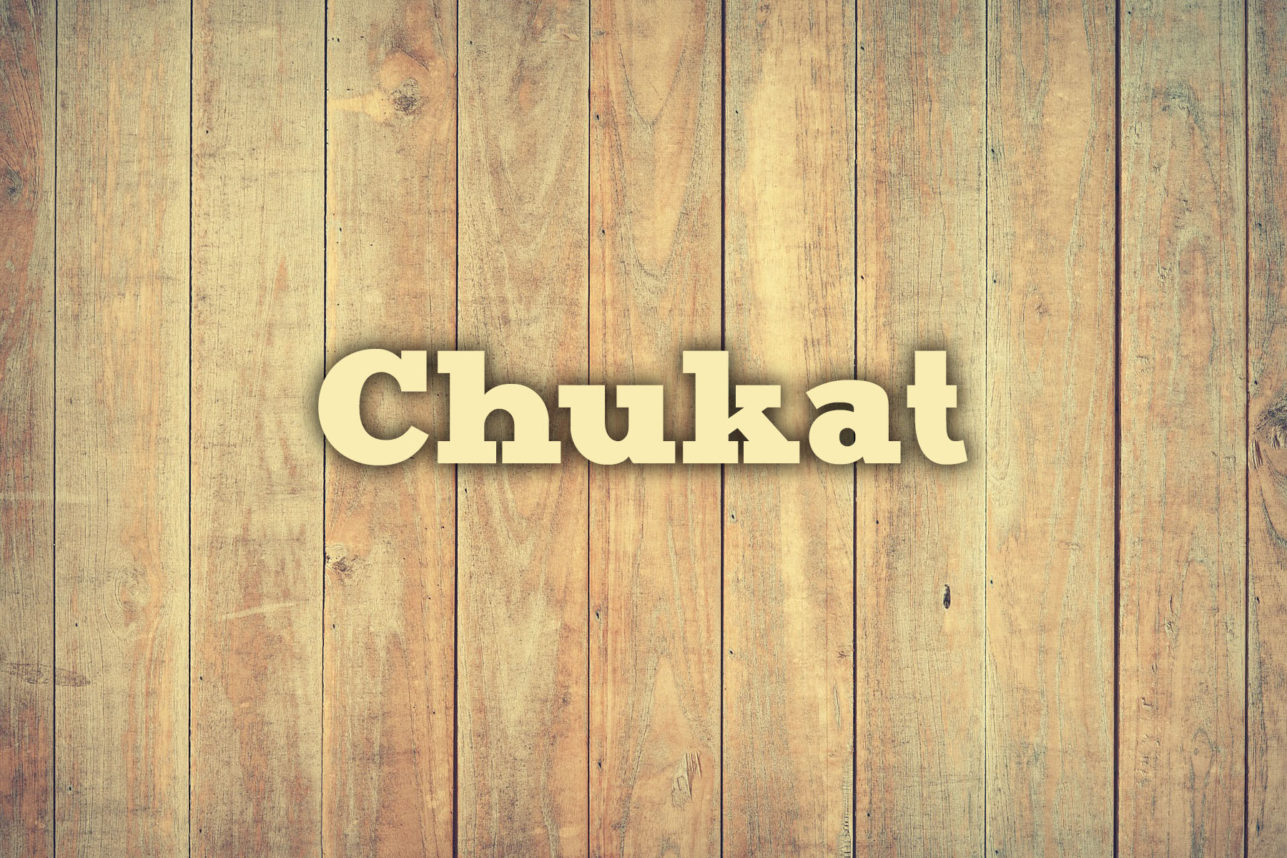
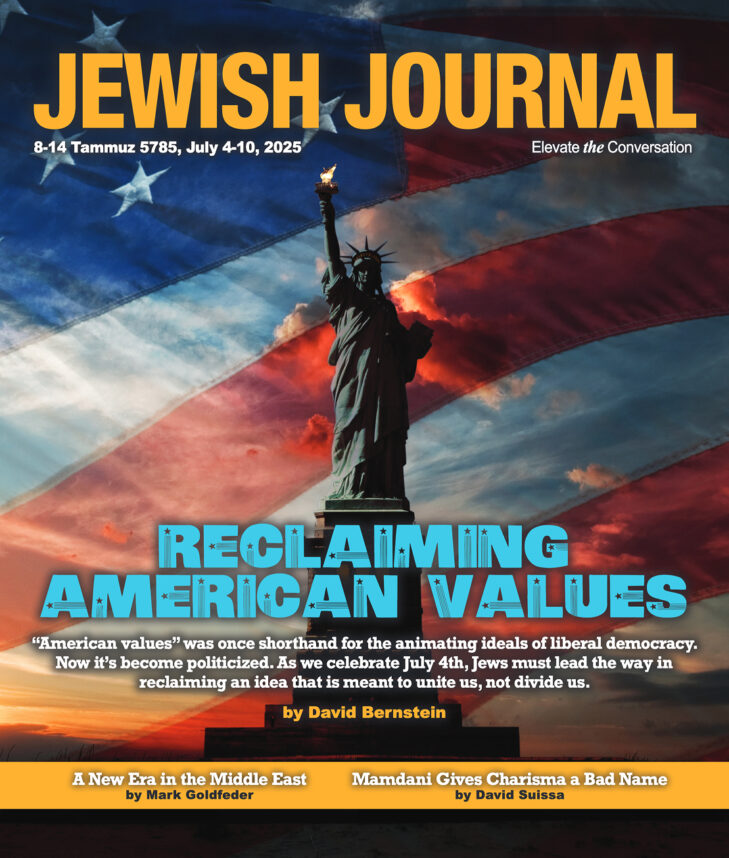
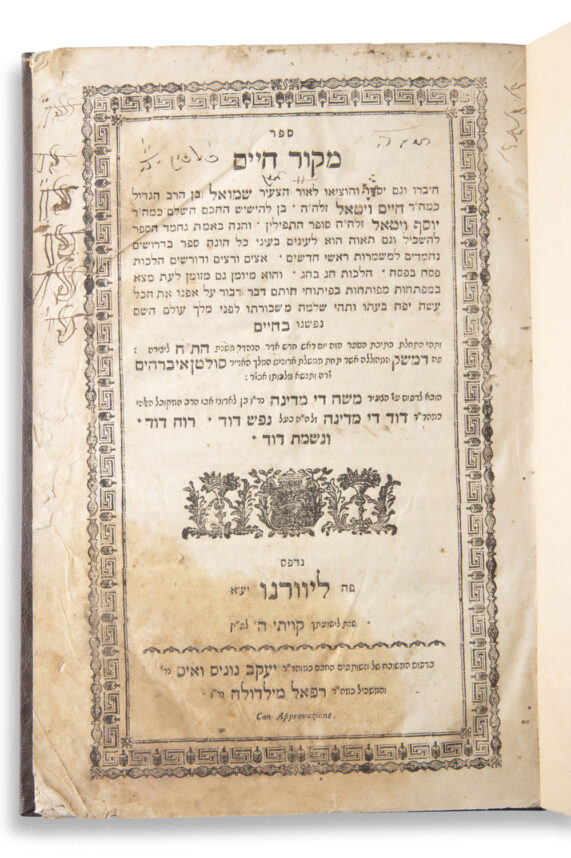
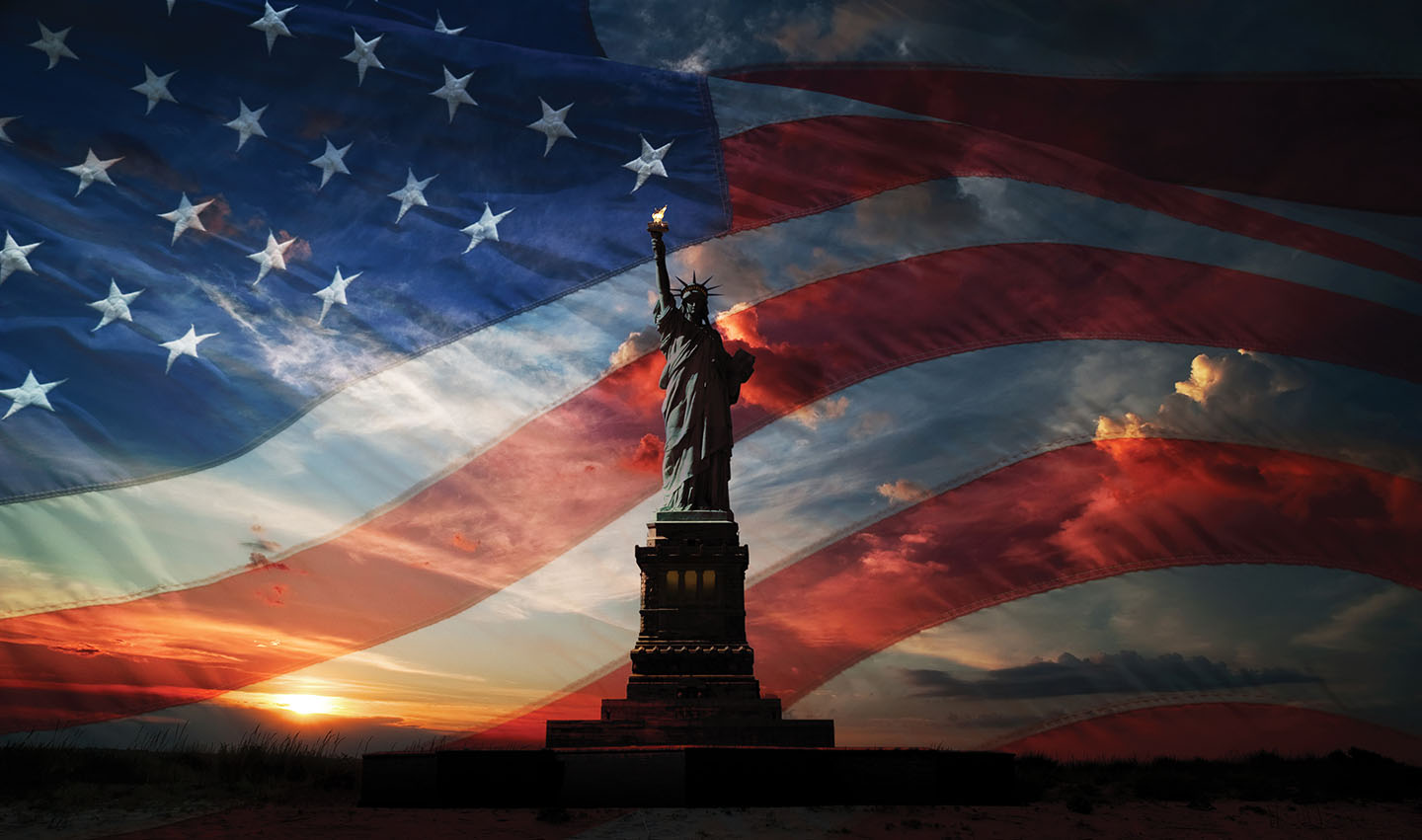
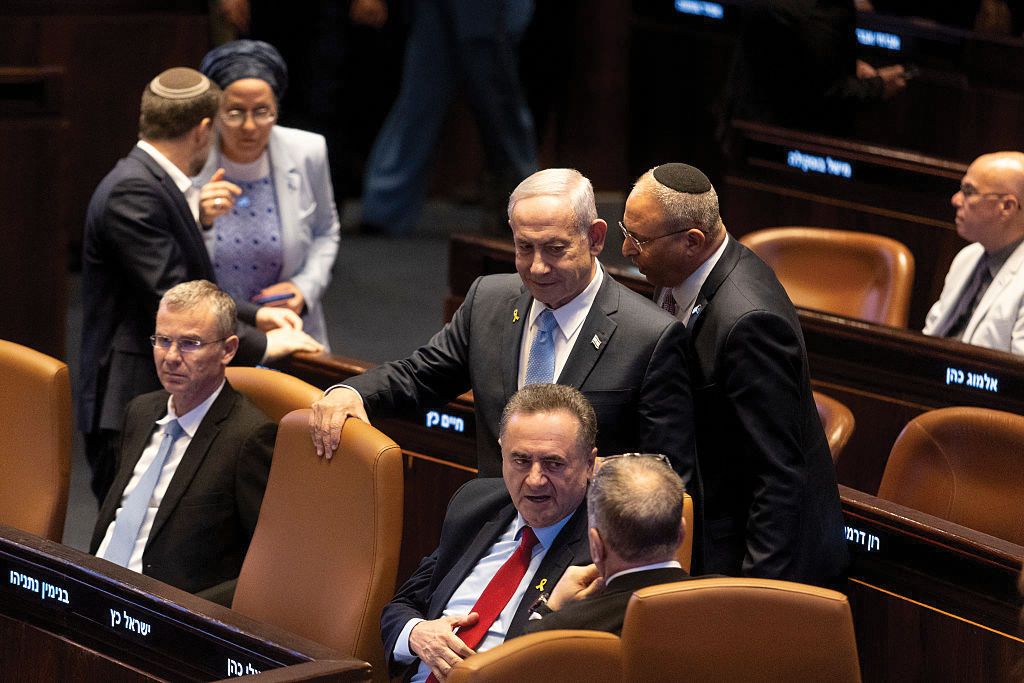
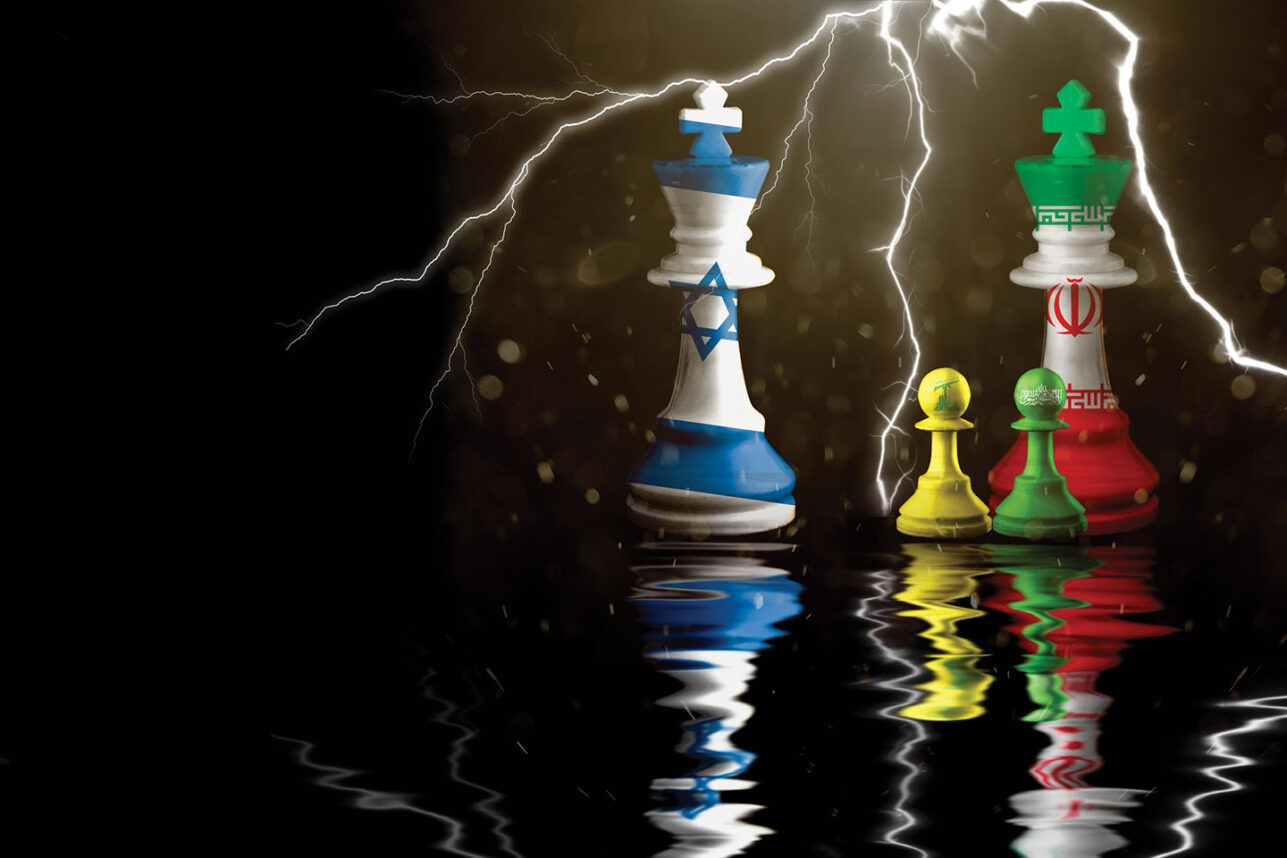
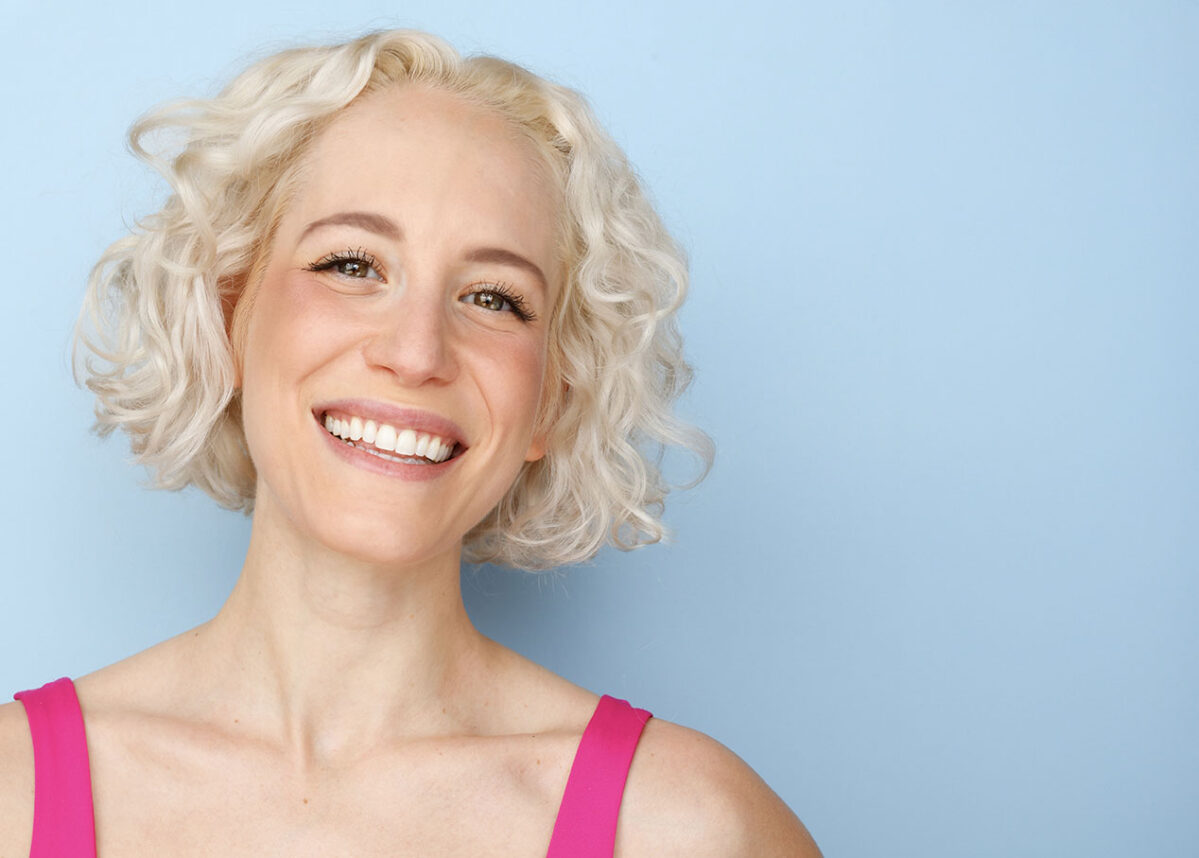
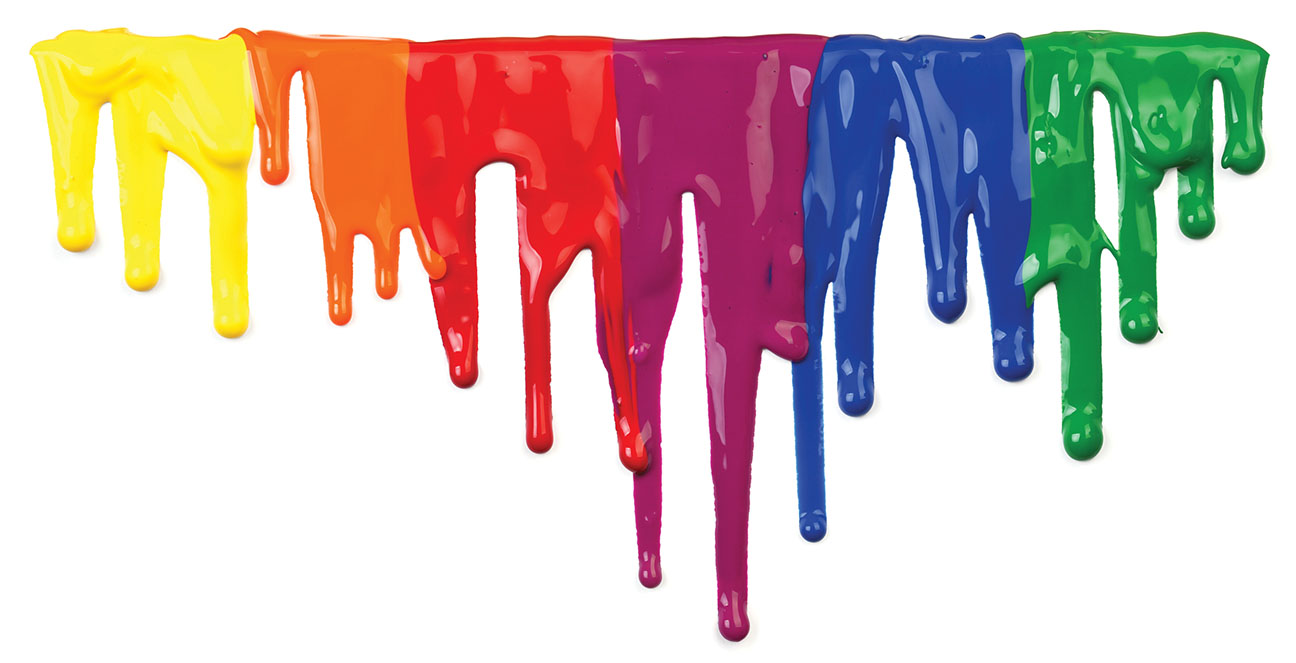
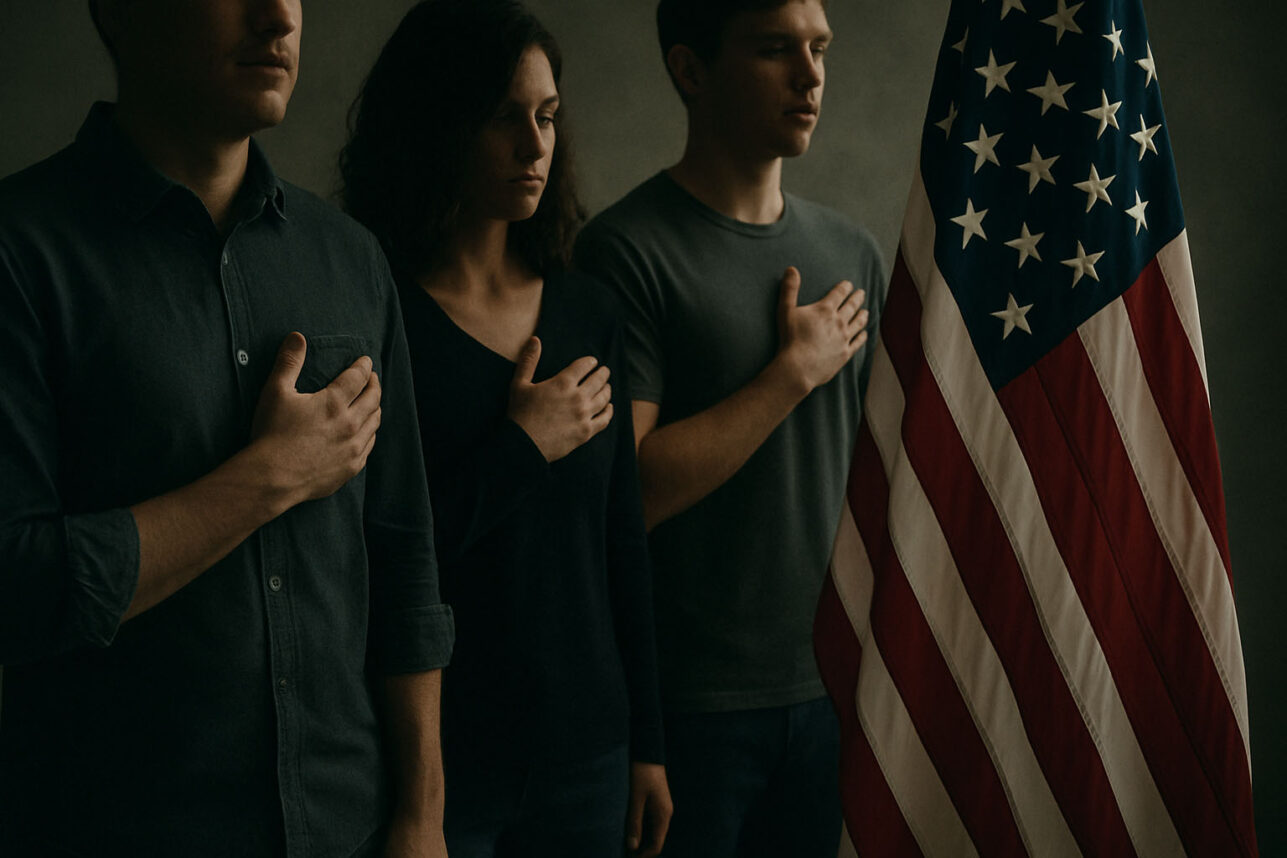
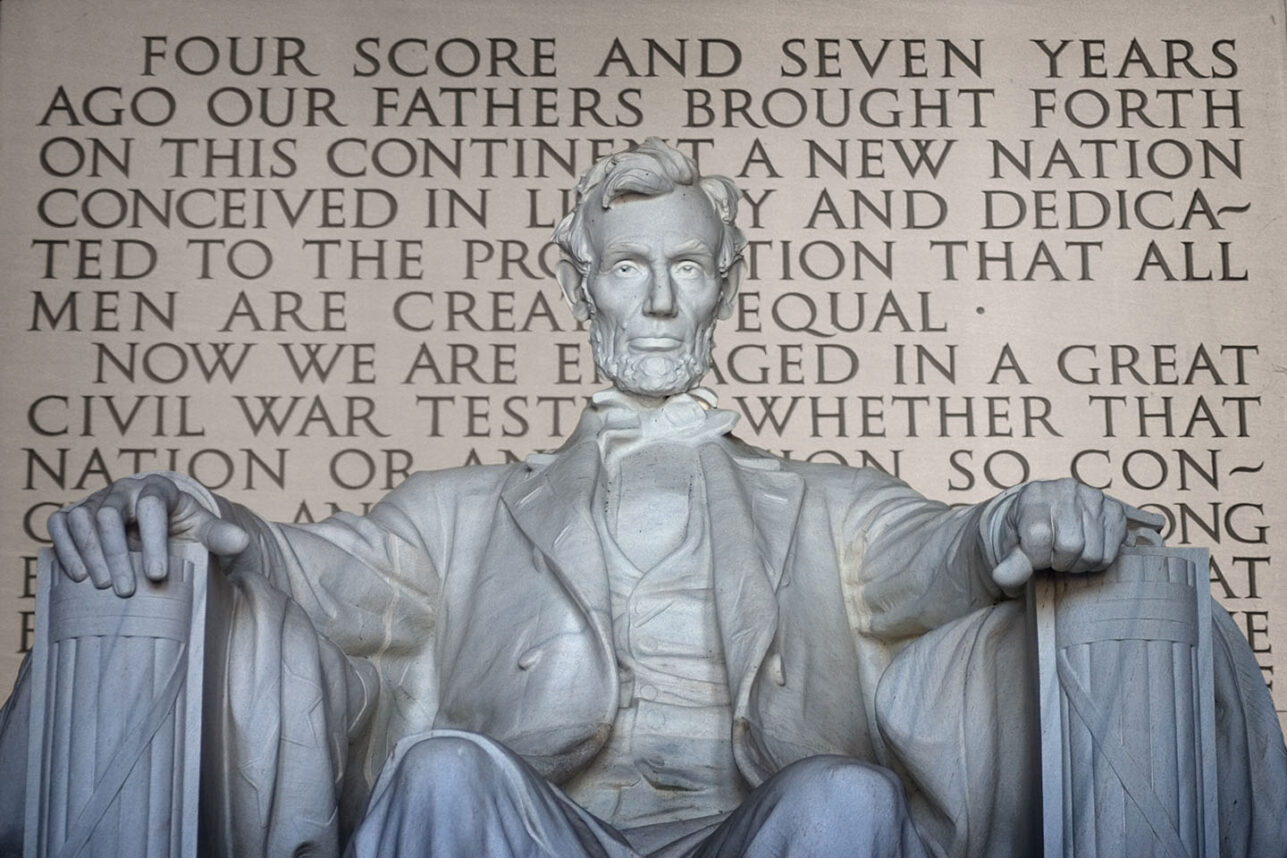

 More news and opinions than at a Shabbat dinner, right in your inbox.
More news and opinions than at a Shabbat dinner, right in your inbox.